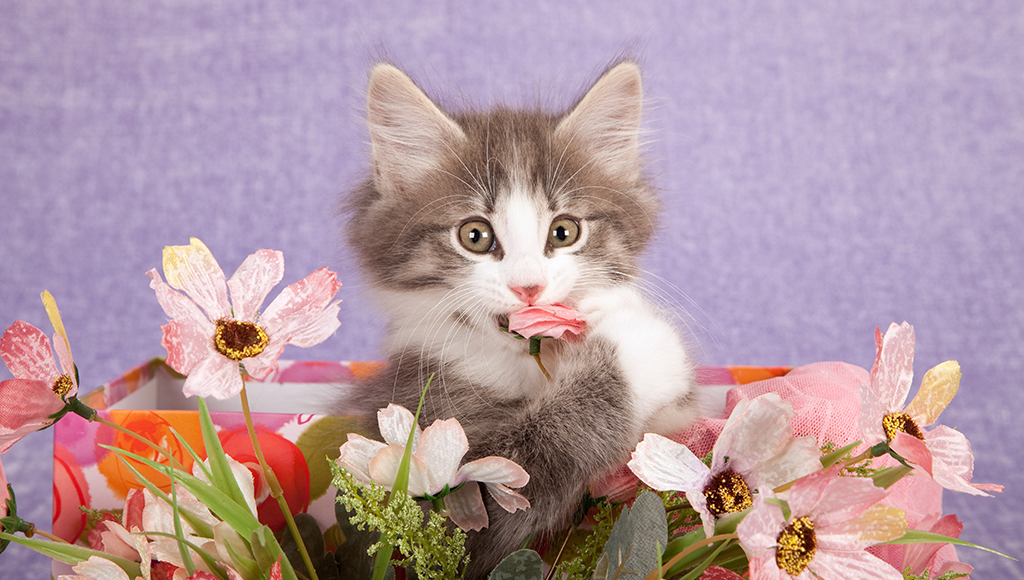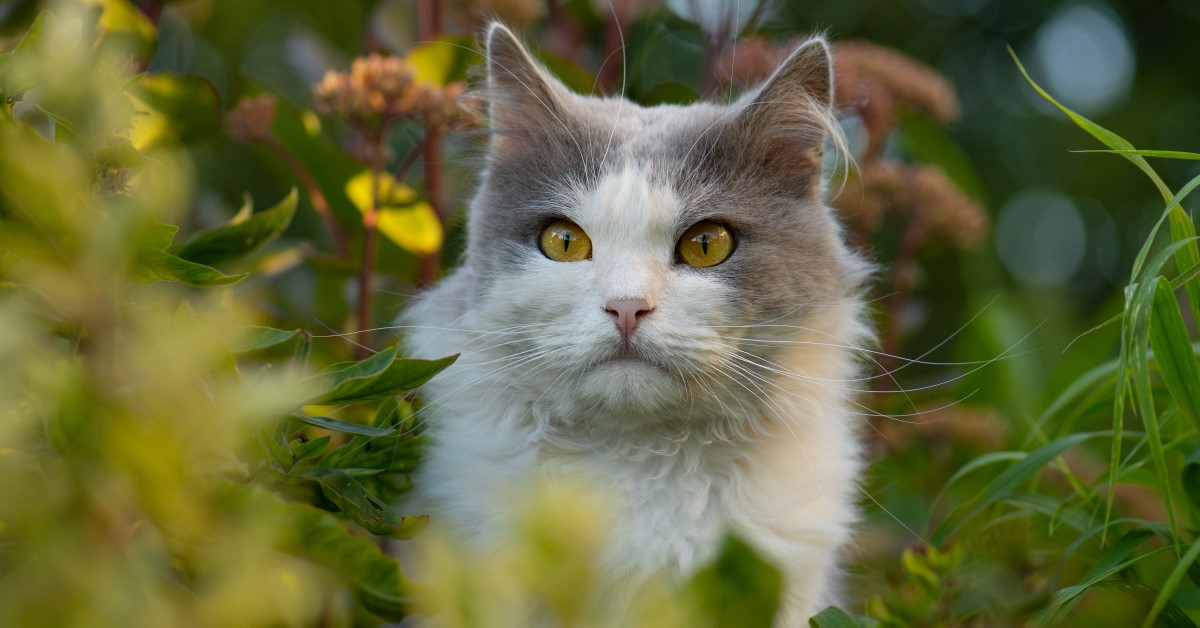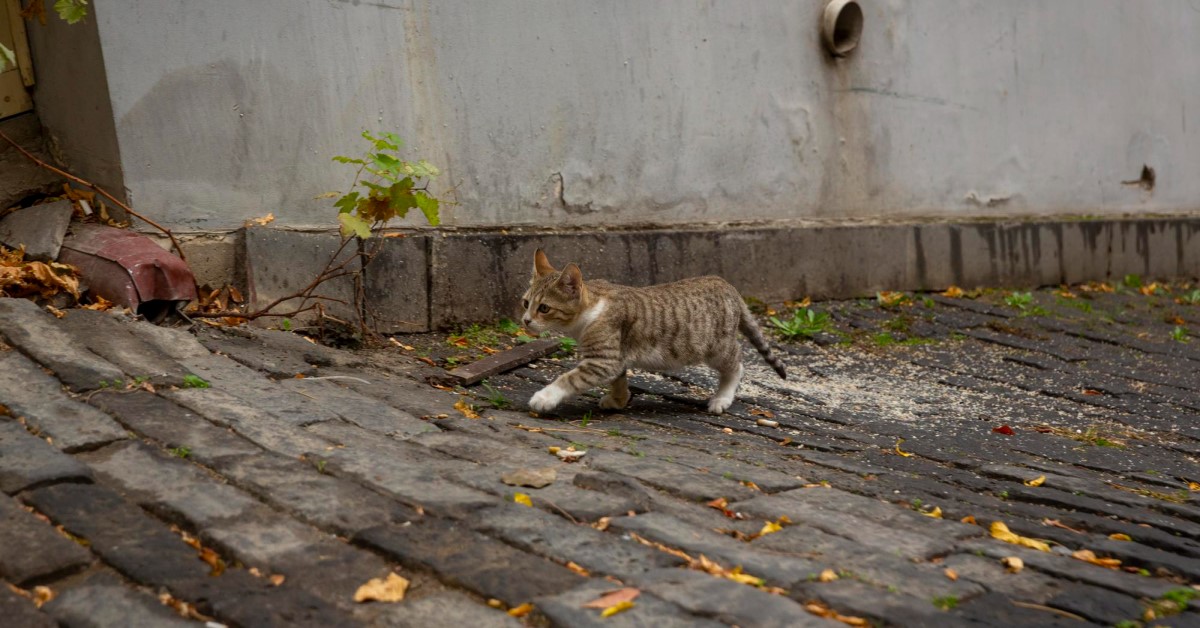More Toxic Plants
More safety tips for keeping your yard pet-safe and beautiful.

Now in the full swing of beautifying our yards for the warm weather, here are some more toxic plants that need to be carefully placed so they don't pose a threat to your beloved pets:
- Amaryllis - Leaves and flowers - vomiting, depression, diarrhea, abdominal pain, hyper salivation, anorexia, tremors.
- English Ivy - Leaves and berries - stomach irritation, diarrhea, difficulty breathing, coma, death.
- Hyacinth - Bulbs, leaves and flowers - Colic, vomiting and diarrhea, usually not fatal.
- Hydrangea - Leaves and buds - Irritation and inflammation of the digestive tract, diarrhea and bloody stool.
- Rhubarb - Leaf blades - Staggering, trembling, difficulty breathing, weakness, diarrhea, increased drinking and urinating, death.
- Red Maple - Leaves (especially when fallen, damaged or wilted) - Difficulty breathing, jaundice, dark brown urine, death
- Daffodil - Bulbs - Severe gastrointestinal disorders, convulsions, shivering, hypo tension, dermatitis, muscular tremors, and cardiac arrhythmia.
- Gladiolas - Flowers, bulbs and stems - Vomiting, occasionally with blood, depression, diarrhea, occasionally with blood, hyper salivation, abdominal pain.
- Clematis - Flowers, stems, leaves - Excessive salivation, vomiting and diarrhea.
- Wild and Cultivated Cherry Tree - Twigs and foliage - Difficulty breathing, excessive anxiety, staggering, convulsions, collapse and death.
Please remember to always check with your Veterinarian when in doubt as to whether or not a plant or shrub is toxic. If your veterinarian is unavailable, you can contact the experts at ASPCA either via phone or email. As with humans, if you suspect your pet has ingested a plant that may be poisonous, you will be able to help them quicker if you don't panic. We cannot follow our pets around every single moment they are outdoors; however, being prepared for an accident before it happens will save valuable time if a pet does ingest a toxic plant and needs assistance:
- Stay calm
- Quickly scout the area for any pieces of plant material (even partially digested pieces) that you can show the vet
- If time allows, call ahead to your vet and let the office know you are on the way, this may help save time when you arrive, which essential in getting treatment for your pet as quickly as possible.
- If you are unable to move your pet, call the Animal Poison Control Center (APCC) as well as your current vet. The APCC is open every day, twenty-four hours a day. Be aware that a $55.00 consultation fee may be applied. Post the number for the APCC (1-888-426-4435) in a readily accessible place. It might be a good idea to post it with your other emergency phone numbers. When you call the hotline, be ready to give the operator some basic information about your pet and what has occurred. Clearly state the pet's name, breed, sex, and age and give a clear and concise account of what transpired. Carefully describe your pet's symptoms. You will also want to state your name and a contact number where you can be reached in case the call gets disconnected.
Ready to start saving money on pet wellness care?
Then take a look at Mint Wellness, the pet wellness plan that provides fast reimbursement on routine pet care. Save on vaccinations, wellness exams, preventatives, dental, and more!
Learn More


